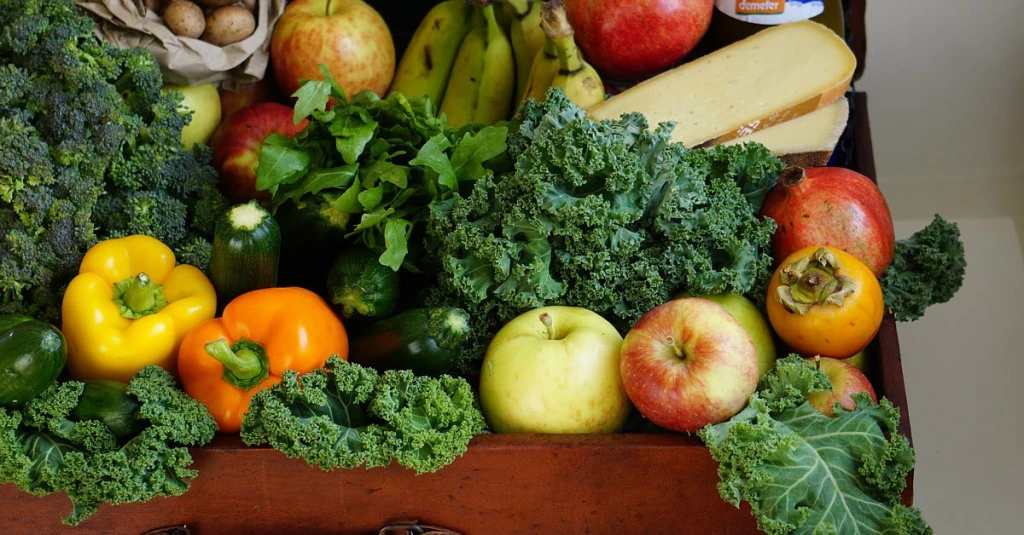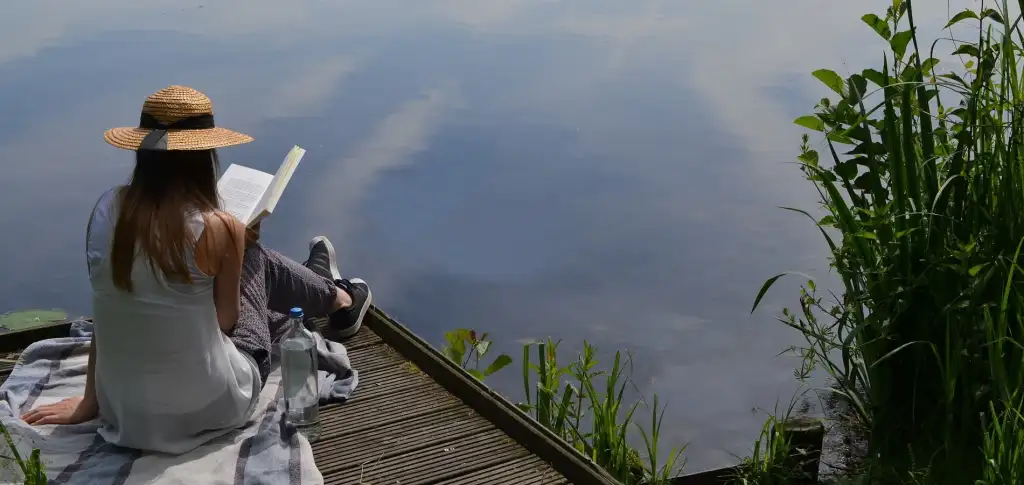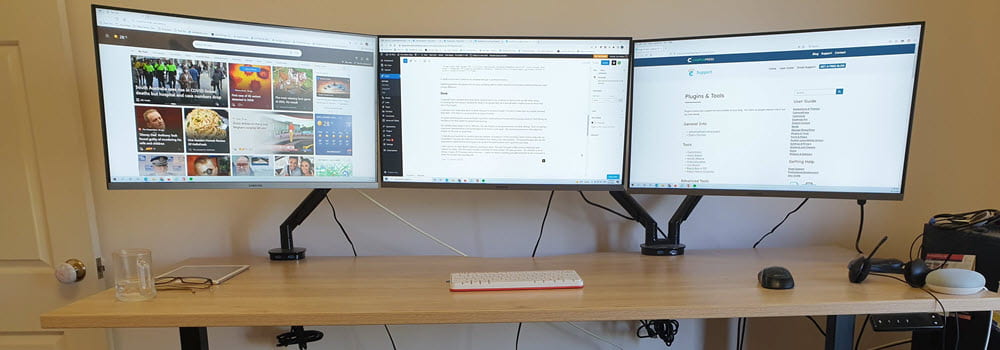I’d really love your help to demonstrate the importance of personal learning networks so I’m hoping you will help me with my presentation by sharing your thoughts.
The Background
I’m doing a presentation for Educational Computing Association of Western Australia (ECAWA) State Conference next Friday to overview the ways educators can use online tools to forge personal learning networks related to our areas of interest. Time is limited and I’ve only 30 minutes to talk on the topic.
During the presentation I’m planning to share this post to show how web tools can extend our learning and reflection beyond what is normally achieved during traditional professional development and enables us to share our learning with global educators.
The Questions
So can you please leave a comment or write your own blog post to let me know:
- Your name, what you do, what part of the World you are based (to demonstrate the global aspect) and, if applicable, your main web site
- What do you think are the 3 most important aspects on personal learning networks I should cover?
- Why is your personal learning network important to you? Which tools are the most important part of your personal learning network, and why?
- Can you provide examples of how your personal learning network has enhanced student learning within your classroom?
- Your tips for educators on how to get started setting up their own Personal learning network.
If you are based in Western Australia and interested in networking with other educators interested in ICT in the classrooms – please join us at the ECAWA conference next Thursday July 17 and Friday July 18, 2008.




Leave a comment